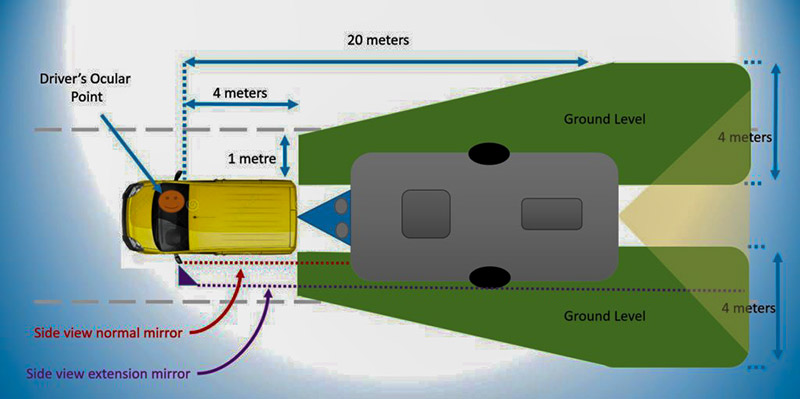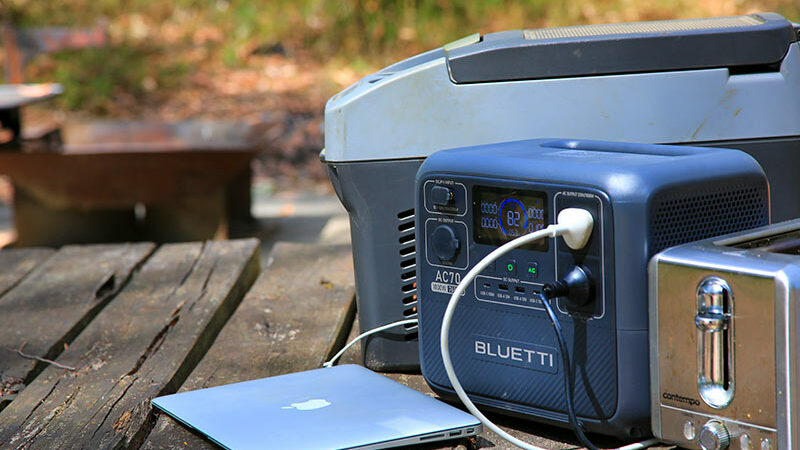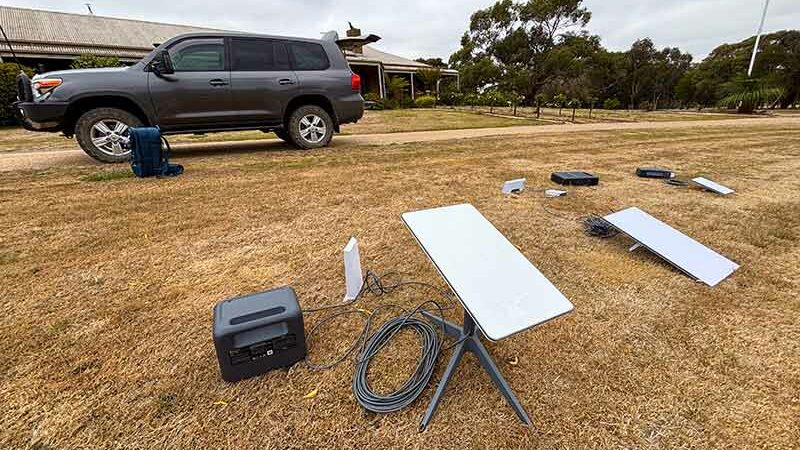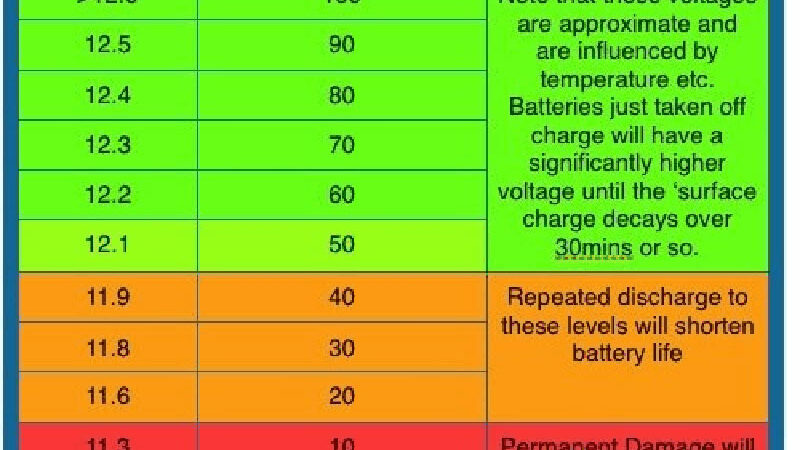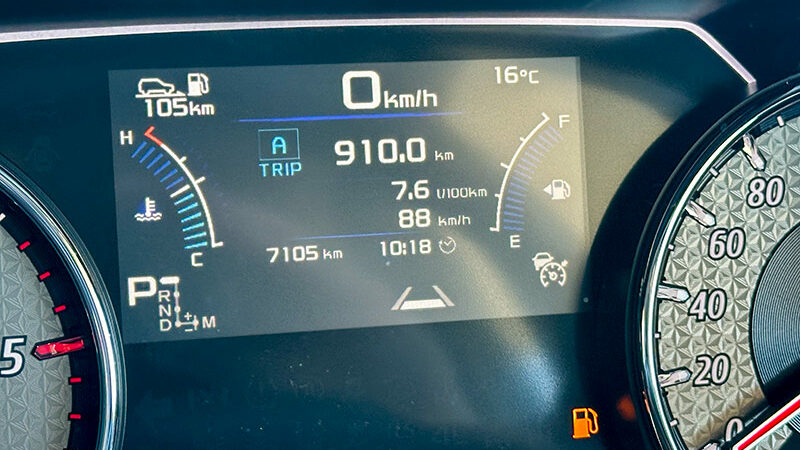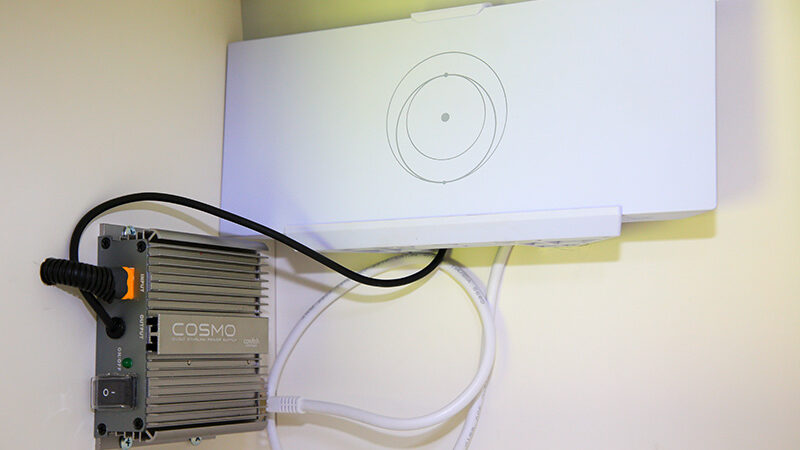VanTenna: Easier Caravan TV Reception
There are a few reasons why picking up a reliable free-to-air TV signal can be a challenge when caravanning.
First, Australia is vast, and the destinations we want to explore are often out of range of our broadcasting towers. But what if you’re well within range and still unable to get a signal on your caravan’s telly?
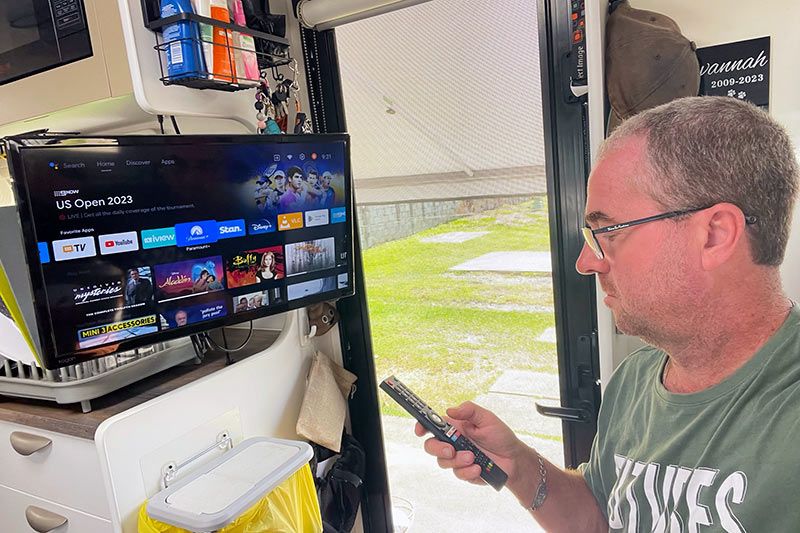 In this instance, there are two potential reasons why your flatscreen won’t show a picture, and both involve the TV antenna. That’s why we were intrigued to learn about the VanTenna by Cowfish Technologies. This product is now finding its way onto the roofs of more and more vans, with the likes of Bushtracker, Legend, Royal Flair, Supreme and Option RV starting to fit the VanTenna as standard equipment. But what sets it apart?
In this instance, there are two potential reasons why your flatscreen won’t show a picture, and both involve the TV antenna. That’s why we were intrigued to learn about the VanTenna by Cowfish Technologies. This product is now finding its way onto the roofs of more and more vans, with the likes of Bushtracker, Legend, Royal Flair, Supreme and Option RV starting to fit the VanTenna as standard equipment. But what sets it apart?
POLARISATION
To answer this question, we need to understand a couple of things. Television signals – a type of radio wave – in Australia are broadcast either horizontally-polarised or vertically-polarised. Because radio waves comprise an electric and magnetic field, they are ‘polarised’, which refers to the ‘plane’ in which the wave of the electric field moves. A horizontally-polarised signal will move sideways, while a vertically-polarised signal will move up and down. Therefore, to receive a horizontally-polarised signal, your TV requires an antenna designed to receive horizontally-polarised signals – it’s the same story for vertically-polarised signals.
Not all countries use this dual polarity system. Television signals in the United States, for example, have been traditionally broadcast on a horizontal plane only, which is why some American-made television antennas perform poorly in Australia, as they can’t receive a vertically-polarised signal.
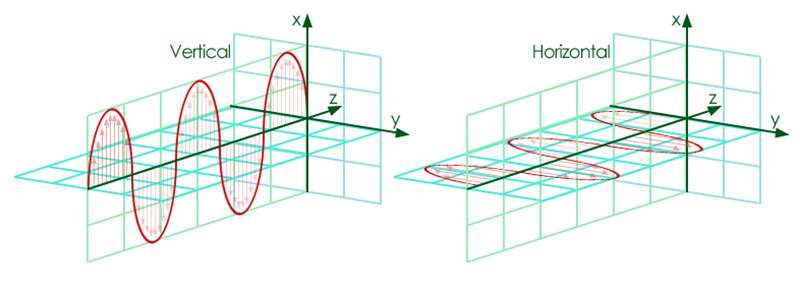
Australia’s broadcasting towers are split roughly 50:50 between horizontally and vertically-polarised signals. If you’re in an area with a horizontally-polarised signal but your aerial is designed to only pick-up vertically-polarised signals, and vice versa, you’re out of luck.
If having a mix of horizontal and vertical signals seems unnecessary, there is method to the madness. Essentially, the reason for horizontally and vertically-polarised transmissions is to prevent signal interference between broadcasting towers, therefore increasing the number of stations that are available and thus creating better TV coverage.
With all of this in mind, your choice of antenna becomes quite crucial. It’s one of the reasons why the VanTenna is so appealing. While some directional caravan antennas can receive a horizontal and vertical signal, others only receive a horizontal signal. ‘Traditional’ omni-directional antennas can also only receive a horizontal signal. The VanTenna, however, requires no setting changes or adjustment. Whether the signal is horizontal or vertical, it is designed to receive it without input from the user.
OMNIDIRECTIONAL VANTENNA
So you’ve set-up your van and it’s time to put the telly on and unwind for the evening. Better raise the antenna but – oh no! – you’ve left your signal finder at home. That’s okay, you think to yourself, I’ll just check the direction my caravanning neighbours have pointed their antennas and do the same. But there really has to be a better way, right?

In fact, there is. The VanTenna is omni-directional, meaning that there is no need to point your antenna in the direction of the nearest broadcast tower. There is also no need to wind it up or down, or worry about it being damaged in strong winds. Further, there are no delicate moving parts involved that could be damaged while travelling on corrugated roads.
Omni-directional antennas, including the VanTenna, are also able to receive signals from multiple broadcast towers at the same time. If you are in a location that can receive a signal from two towers, an omni-directional antenna will pick-up the signal from both, and your TV will choose the best signal for each station.
While omni-directional antennas are not new, the VanTenna is the first omni-directional antenna designed for RVs that can also receive horizontally and vertically-polarised signals. Most omni-directional antennas are actually only horizontally-polarised, so this is a big tick in the VanTenna’s favour.
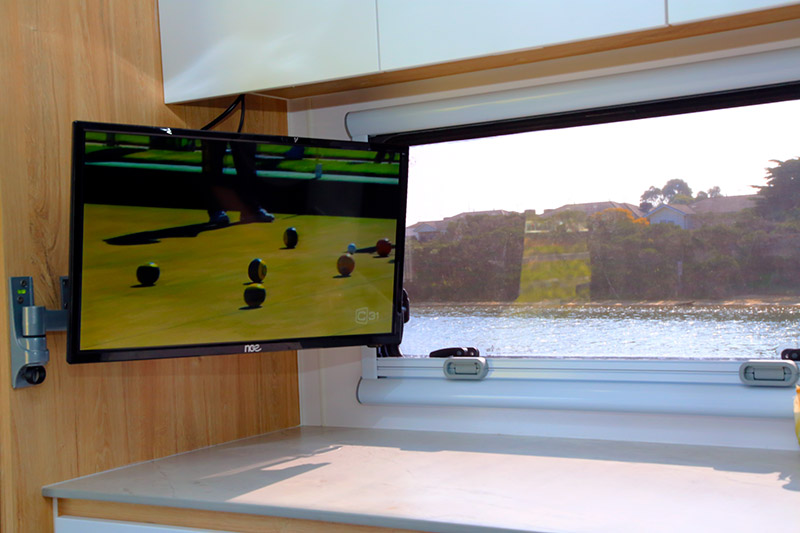
It’s also worth pointing out that this antenna is a discreet dome shape that stands roughly 300mm high, whereas conventional wind-up caravan antennas stand up to 1.3m high, potentially casting lengthy shadows on the roof’s solar panels when standing up, and taking up a lot of roof space when down – roof space that could otherwise be used for another solar panel. Even partial shading of a solar cell can have a significant impact on the panel’s output, so anything you can do to minimise shade on the roof is a good thing.
Finally, the VanTenna is available in two models. Because it contains a stacked array of aerials, the antenna known as Model A is even able to pick up AM and FM radio. It can be retrofitted to older caravans; however the VanTenna model you choose would depend on the antenna being replaced.
The VanTenna neatly solves two of the main problems caravanners face: the direction of the nearest broadcast tower, and polarisation. While standard directional antennas are quite good at receiving a distant or weak signal, they have extremely limited or no ability to receive signals from other directions. However, omnidirectional antennas such as the VanTenna receive signals equally from all directions. The best part: you will no longer need to think about the polarisation of those signals at all.
Cowfish Technologies is an Australian owned and operated family business, with all products designed locally. The company’s VanConnect product is a 12V 4G/5G wi-fi router designed specifically for caravans and motorhomes, so for those occasions when you can’t pick-up any TV signals, you could stream content to your smart TV when in an area with internet service. Thanks to Cowfish for assistance with this article.
The post VanTenna: Easier Caravan TV Reception appeared first on GoRV.
Source: https://www.gorv.com.au/vantenna-easier-caravan-tv-reception/


